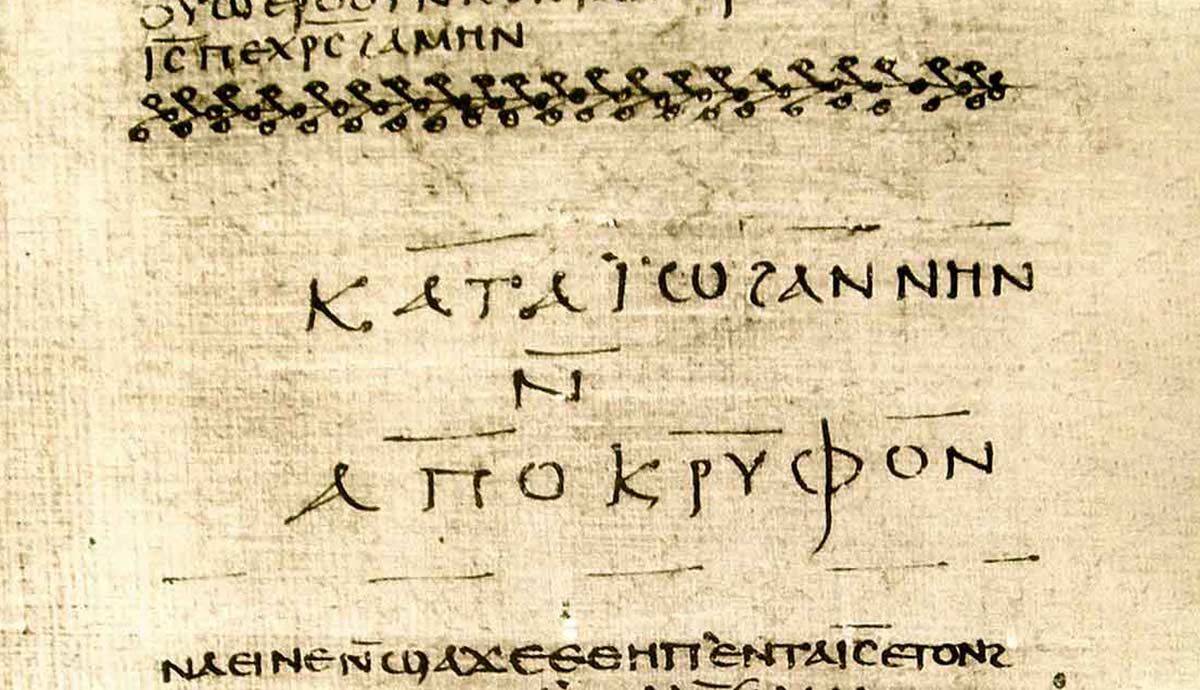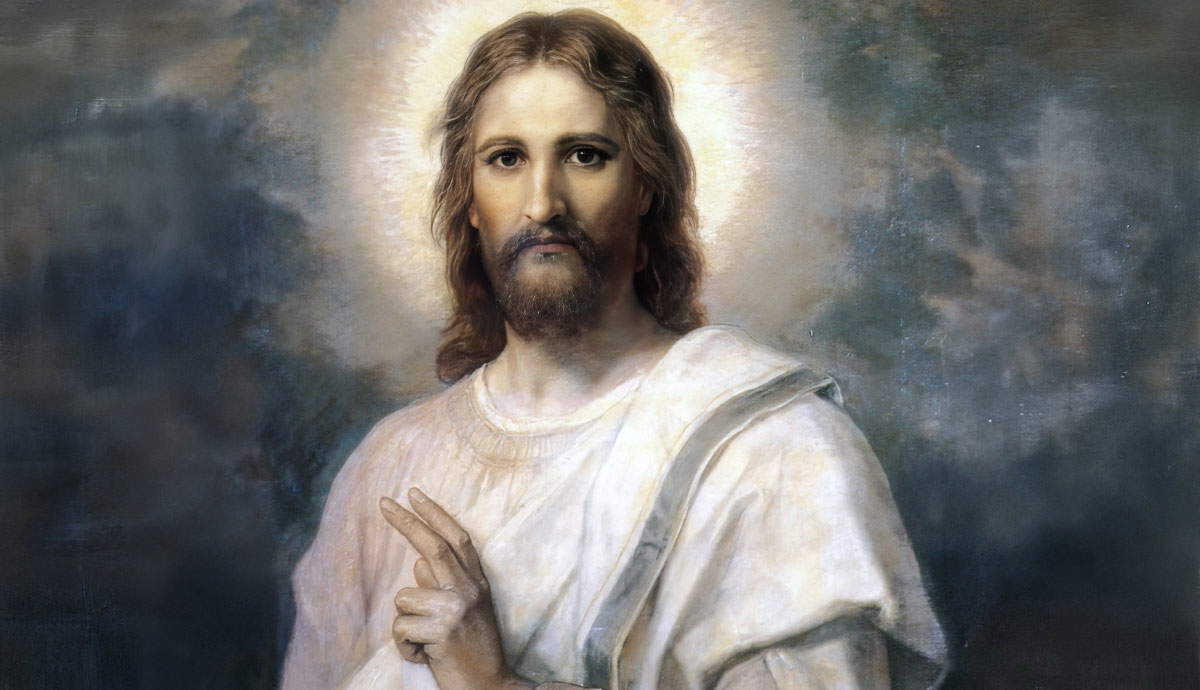
St Patrick’s Day has evolved from a traditional religious holiday in honor of St Patrick, Patron Saint of Ireland, to a popular international event celebrating Irish culture. The celebrations are held on March 17th every year not just in Ireland, but also in the US, Canada, Australia, the Caribbean and more. This sacred day is widely enjoyed around the world with long-held traditions and modern customs, including wearing green and drowning the Shamrock, along with parades, music, and other festivities.
St. Patrick’s Day Is on March 17th

March 17th is traditionally the day given for the death of St Patrick. It is thought that he died on March 17, 461 CE, in a monastery in Downpatrick, Ireland after a long life of service and poverty. Many years later, he was given an official feast day by the Roman Catholic Church in 1631, and the traditions and festivities surrounding the day grew from that point onwards.
Places of Celebration

While Ireland is most commonly associated with St Patrick’s Day, the lands where Irish people immigrated to also have significant celebrations, commonly involving large parades. The United States, New York, Boston, Chicago, and Philadelphia all have large celebrations, while Sydney, Australia, and Montreal, Canada also host major events. The British territory of Montserrat in the Caribbean is the only other country outside of Ireland where St Patrick’s day is a public holiday, where a 10-day festival is held. Parts of non-English speaking countries such as Buenos Aires, Munich, Moscow, and Sarajevo also celebrate the holiday.
The Significance of Green on St Patrick’s Day

Surprisingly, the color green, often associated with the Irish, and worn by many on St Patrick’s Day, was a much later development and has nothing to do with St Patrick. It may be related to Irish rebellions beginning in the 1600s, where the Irish who opposed the English kings used green in their uniforms, and the color became associated with the Irish over time. A popular street song “The Wearing of the Green”, written in the late 1700s, further cemented the color green as an Irish symbol which is now commonly associated with St Patrick.

One folklore tradition says wearing green makes you invisible to leprechauns (often depicted wearing green), who like to pinch anything they can see. So, the custom is to wear green on this day if you want to avoid being pinched! Dressing up as leprechauns during the day’s festivities is also common.
Green decorations are a recurring feature of the entire day, with many cities adorned with colored decorations – the Chicago River in Illinois has even been dyed green every year since the 1960s in celebration of St Patrick, while some pubs also dye beer green.
The Importance of the Shamrock

The use of the shamrock – or the three-leafed-clover – in St Patrick’s Day celebrations stems from the legend that St Patrick used it’s three leaves as a preaching tool to help explain the Trinity to the Irish pagans. Over time, the shamrock became associated with St Patrick (as he is holding it in many images) and Ireland in general. It is also thought the Shamrock’s green color played a part in making green such a predominant part of the day’s celebrations. Both the shamrock (resembling the lucky and much rarer four-leafed clover) and the color green are associated with good luck, particularly on this day.
Drowning the Shamrock

“Drowning the Shamrock” is a tradition that celebrates St Patrick’s encounter with a stingy innkeeper, who would not fill the glasses of her patrons. Patrick had declared to the innkeeper that a demon was in the cellar, being fed on her dishonesty, and that the only way to banish it was to weaken it by generosity toward her guests. He later returned, learning that the innkeeper was now generous in her pouring, and the demon was starved enough for Patrick to banish it. He then placed a shamrock in his drink, which became a tradition among the Irish people for the last drink of St Patrick’s Day.
Other St Patrick’s Day Traditions

Many soccer and rugby sporting events revolve around St Patrick’s day, and sports teams in towns with large celebrations incorporate green into their uniforms. A céilí is an Irish folk gathering, commonly involving traditional Irish music and dancing, and events are commonly held in culturally Irish areas on this day. Other traditions include eating corned beef and cabbage, and parades featuring Irish dancers, musicians, and more.










